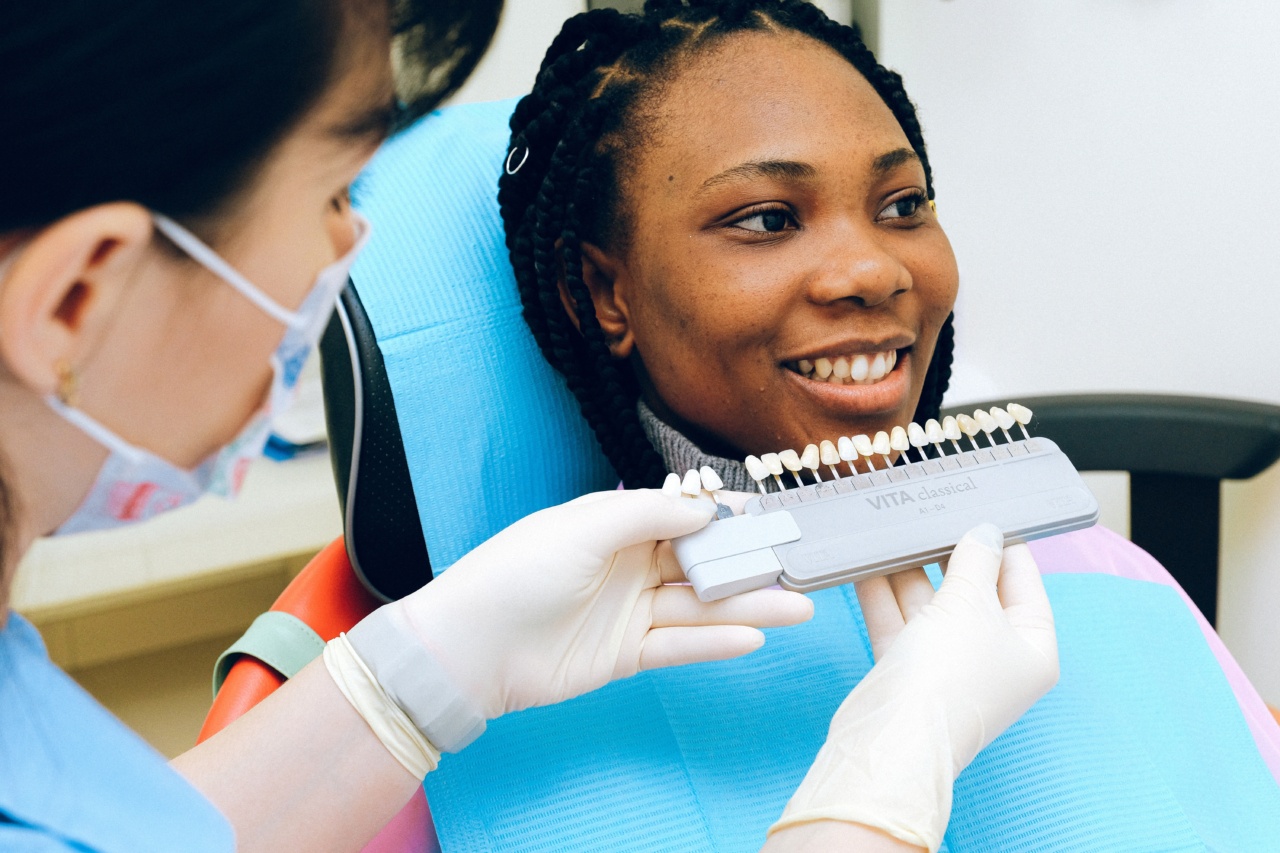Oral cancer is a serious health condition that affects thousands of individuals around the world.
Traditionally, the diagnosis of oral cancer has relied on invasive techniques that can be uncomfortable for patients and may not always provide accurate results. However, with the advancements in medical technology, a new method of diagnosing oral cancer has emerged – the saliva test.
This non-invasive and convenient diagnostic test has revolutionized the way oral cancer is detected and is making the diagnosis process easier and more efficient.
What is Oral Cancer?
Oral cancer, also known as mouth cancer or oral cavity cancer, refers to the abnormal growth of cells in the oral cavity. It can affect various parts of the mouth, including the lips, tongue, cheeks, gums, and roof or floor of the mouth.
Oral cancer can be life-threatening if not diagnosed and treated in its early stages.
Challenges in Oral Cancer Diagnosis
Early diagnosis of oral cancer is crucial for successful treatment outcomes. However, there are several challenges associated with traditional methods of diagnosing oral cancer. These challenges include:.
- Invasive procedures: Traditional diagnostic methods such as biopsies and tissue sampling require invasive procedures that can be uncomfortable and painful for patients.
- Delayed diagnosis: The symptoms of oral cancer are often overlooked or mistaken for other less severe conditions, leading to delayed diagnosis and treatment initiation.
- False negatives: The accuracy of traditional diagnostic techniques may sometimes be compromised, leading to false negative results and delayed treatment.
- Costly and time-consuming: Traditional diagnostic methods can be expensive and time-consuming, requiring multiple visits to healthcare facilities for tests and results.
The Saliva Test for Oral Cancer Diagnosis
The saliva test, also known as salivary diagnostics, is a non-invasive and highly efficient method of diagnosing oral cancer.
This innovative diagnostic technique utilizes the analysis of saliva samples to detect the presence of oral cancer cells or biomarkers that indicate the risk of developing oral cancer.
How Does the Saliva Test Work?
The saliva test for oral cancer diagnosis involves the collection of a small sample of saliva from the patient. This sample is then analyzed in a laboratory to identify any abnormal cells or biomarkers associated with oral cancer.
The process typically involves the following steps:.
Step 1: Saliva Sample Collection
The patient is provided with a collection kit containing a small tube or container to collect their saliva sample. They are instructed to spit into the container, ensuring an adequate amount of saliva is collected.
The collection process is quick, painless, and can be performed by the patient at their convenience.
Step 2: Laboratory Analysis
The collected saliva sample is sent to a laboratory for analysis.
In the laboratory, advanced techniques such as DNA sequencing, proteomic analysis, or other molecular biology methods are employed to identify any abnormalities or biomarkers associated with oral cancer.
Step 3: Result Interpretation
The laboratory professionals interpret the results of the saliva test and determine whether there are any indications of oral cancer.
The results are then communicated to the patient and their healthcare provider for further evaluation and treatment planning.
Advantages of the Saliva Test
The saliva test offers several advantages over traditional methods of diagnosing oral cancer. Some of the key benefits include:.
- Non-invasive: The saliva test eliminates the need for invasive procedures such as biopsies, making it a more comfortable and patient-friendly diagnostic option.
- Convenience: Patients can collect their saliva samples in the comfort of their own homes. This eliminates the need for multiple healthcare visits and reduces the overall burden on patients.
- Early detection: The saliva test can detect oral cancer at an early stage when the chances of successful treatment are significantly higher.
- Accuracy: The saliva test has been proven to provide accurate results, minimizing the risk of false negatives and ensuring prompt treatment initiation.
- Cost-effective: Compared to traditional diagnostic methods, the saliva test is relatively cost-effective, making it a more accessible option for a larger population.
- Potential for other disease detection: Saliva contains a wealth of information about an individual’s overall health. The saliva test may not only detect oral cancer but also indicate the presence of other systemic conditions or diseases.
Future Implications
The saliva test for oral cancer diagnosis holds significant promise for the future of healthcare.
With ongoing research and advancements in technology, this non-invasive diagnostic tool could potentially revolutionize the early detection and treatment of oral cancer. Moreover, the saliva test’s potential to identify other health conditions raises the possibility of a comprehensive and convenient diagnostic tool for various diseases.
Conclusion
The saliva test has emerged as a game-changing diagnostic tool for oral cancer. Its non-invasive nature, accuracy, and convenience make it an attractive alternative to traditional diagnostic methods.
With its potential to detect oral cancer at an early stage, the saliva test offers hope for improved treatment outcomes and overall patient well-being. As technology continues to evolve, the future of oral cancer diagnosis looks promising, with the saliva test leading the way.




























